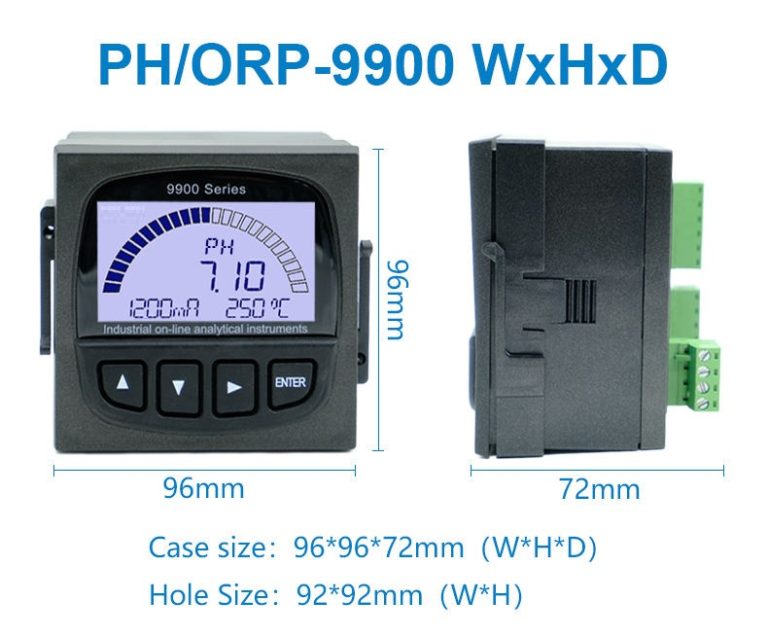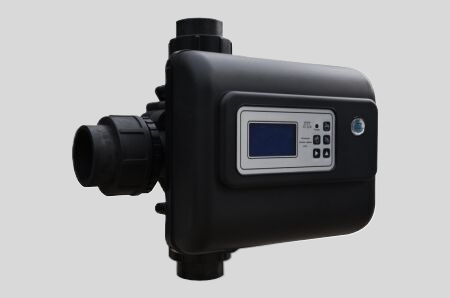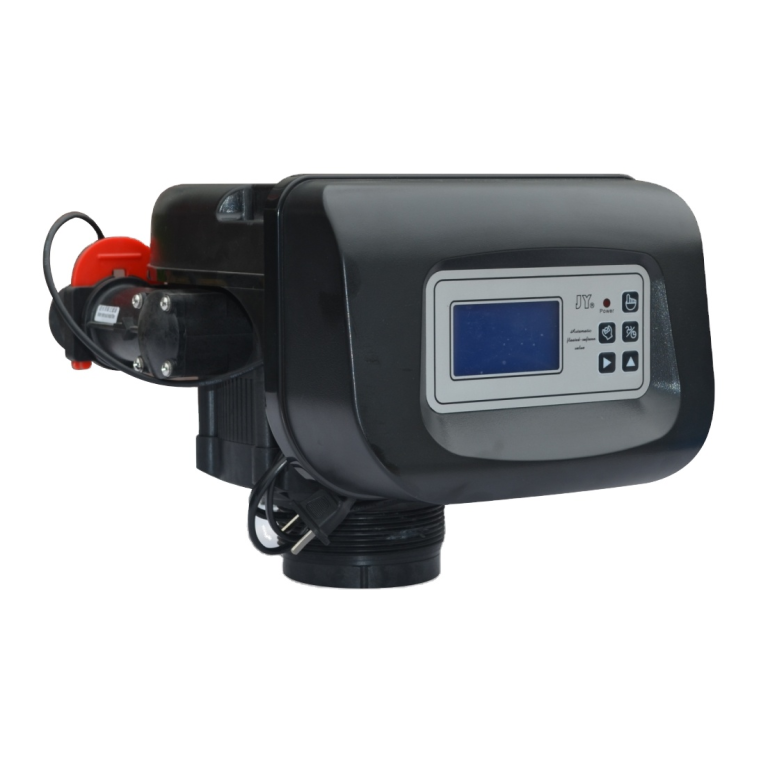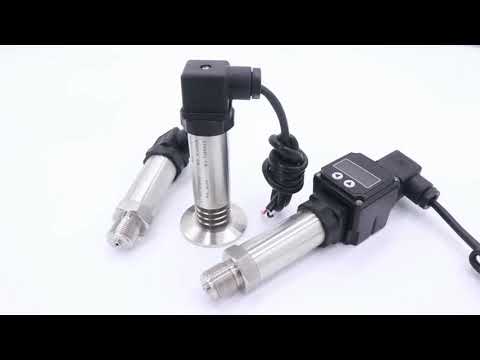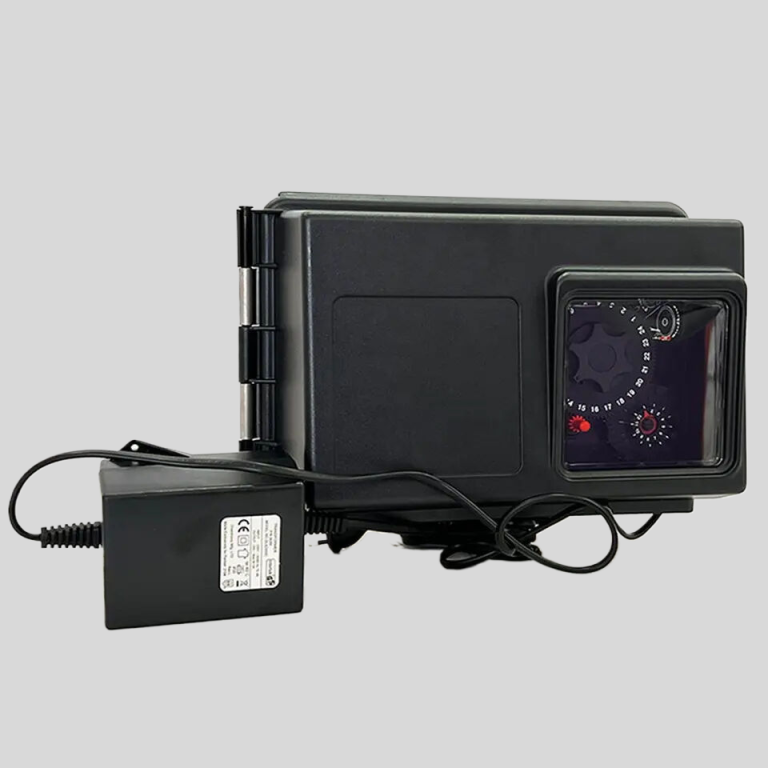Accurate and Efficient: Measuring Free Chlorine Made Easy.
Understanding the Importance of Measuring Free Chlorine Levels
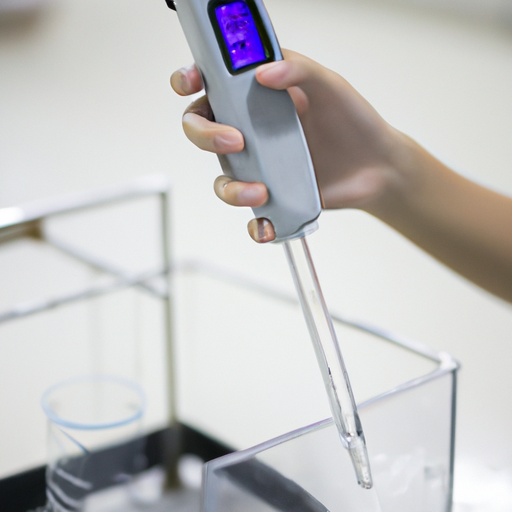
Understanding the Importance of Measuring Free Chlorine Levels
Free chlorine is a crucial component in maintaining the cleanliness and safety of water. Whether it is in a swimming pool, drinking water, or wastewater treatment, measuring free chlorine levels is essential to ensure that the water is free from harmful bacteria and viruses. In this article, we will discuss the significance of measuring free chlorine levels and provide a step-by-step guide on how to do it accurately.
Measuring free chlorine levels is important because it indicates the effectiveness of the disinfection process. Chlorine is widely used as a disinfectant due to its ability to kill bacteria and viruses. However, it is crucial to maintain the right amount of free chlorine in the water. Too little free chlorine can result in inadequate disinfection, allowing harmful microorganisms to thrive. On the other hand, excessive free chlorine can lead to unpleasant odors, skin irritation, and even corrosion of equipment.
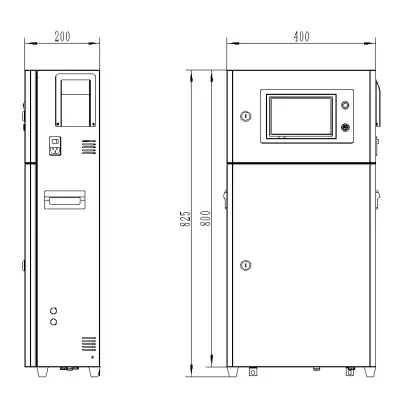
To measure free chlorine levels accurately, you will need a reliable testing kit. There are various types of testing kits available, including test strips, colorimeters, and titration kits. Test strips are the most commonly used and are relatively easy to use. They involve dipping a strip into the water and comparing the color change to a chart to determine the free chlorine level. Colorimeters are more precise and provide digital readings, but they can be more expensive. Titration kits involve adding a reagent to the water and counting the number of drops needed to change the color, indicating the free chlorine level.
Before measuring free chlorine levels, it is important to ensure that the water sample is representative of the entire body of water. This can be achieved by taking multiple samples from different locations and depths. It is also crucial to follow the manufacturer’s instructions for the testing kit to obtain accurate results. Some kits may require you to wait for a specific amount of time before reading the results, while others may require you to shake the sample vigorously.
Once you have obtained the water sample and prepared the testing kit, it is time to measure the free chlorine levels. Start by carefully following the instructions provided with the testing kit. This may involve dipping a test strip into the water sample or adding a reagent to the sample. Make sure to record the time when the test is initiated to ensure accurate results.
| Measurement range | N,N-Diethyl-1,4-phenylenediamine (DPD) spectrophotometry | |||
| Model | CLA-7112 | CLA-7212 | CLA-7113 | CLA-7213 |
| Inlet channel | Single channel | Double channel | Single channel | Double channel |
| Measurement range | Free chlorine:(0.0-2.0)mg/L ,Calculated as Cl2; | Free chlorine:(0.5-10.0)mg/L ,Calculated as Cl2; | ||
| pH:(0-14);Temperature:(0-100)℃ | ||||
| Accuracy | Free chlorine:±10% or ±0.05mg/L(take the large value),Calculated as Cl2; | Free chlorine:±10% or±0.25mg/L(take the large value),Calculated as Cl2; | ||
| pH:±0.1pH;Temperature:±0.5℃ | ||||
| Measurement Period | ≤2.5min | |||
| Sampling interval | The interval (1~999) min can be set arbitrarily | |||
| Maintenance cycle | Recommended once a month (see maintenance chapter) | |||
| Environmental requirements | A ventilated and dry room without strong vibration;Recommended room temperature:(15~28)℃;Relative humidity:≤85%(No condensation) | |||
| Water sample flow | (200-400) mL/min | |||
| Inlet pressure | (0.1-0.3) bar | |||
| Inlet water temperature range | (0-40)℃ | |||
| Power supply | AC (100-240)V; 50/60Hz | |||
| Power | 120W | |||
| Power connection | The 3-core power cord with plug is connected to the mains socket with ground wire | |||
| Data output | RS232/RS485/(4~20)mA | |||
| Size | H*W*D:(800*400*200)mm | |||
After the specified time has elapsed, compare the color change on the test strip or in the colorimeter to the provided chart or digital reading. This will give you the free chlorine level in parts per million (ppm). It is important to note that different applications may have different recommended free chlorine levels. For example, swimming pools typically require a free chlorine level between 1 and 3 ppm, while drinking water should have a free chlorine level between 0.2 and 2 ppm.
If the free chlorine level is below the recommended range, additional chlorine may need to be added to ensure proper disinfection. Conversely, if the free chlorine level is above the recommended range, it may be necessary to reduce the chlorine dosage to prevent adverse effects.
In conclusion, measuring free chlorine levels is crucial for maintaining the cleanliness and safety of water. It ensures that the disinfection process is effective and prevents the growth of harmful microorganisms. By following the steps outlined in this article and using a reliable testing kit, you can accurately measure free chlorine levels and take appropriate actions to maintain water quality. Remember to always follow the manufacturer’s instructions and consult with professionals if you have any concerns about water safety.

